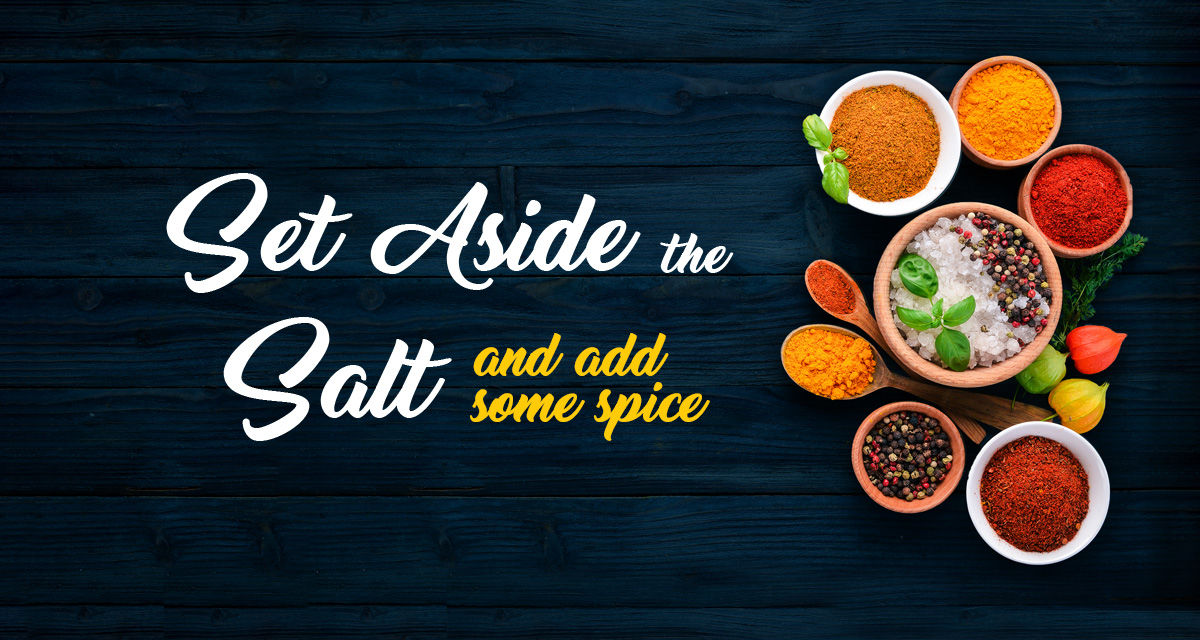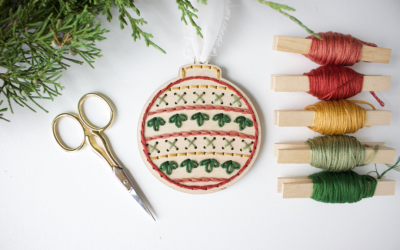Jenifer Bowman encourages her cardiology patients to experiment with different herbs and spices as a part of eating healthier, but she admits it can be challenging.
Bowman, a UCHealth registered dietitian, says spices appeal to foodies who already cook with them, but if people didn’t grow up with spices, cook with them, or don’t know which spice provides a certain flavor in foods they enjoy, they can seem intimidating. And then there’s the sticks. Take rosemary, for example.
“You can buy it ground, but sometimes the visual form of the dried herb—it looks like you’re putting dried sticks on your food—can be weird,” she says.
Bowman wants her patients to use more herbs and spices because using them is a great way to add flavor while decreasing fat and calories. Substituting with healthy herbs instead of salt or high sodium condiments like ketchup or barbecue sauce is one step toward healthier eating.
Herbs and spices are also rich in antioxidants, the plant-based components that are beneficial for our body and can potentially reduce inflammation. They can address joint health, arthritis and lower the risk of cardiac and vascular diseases when they’re a part of a healthy diet that includes fruits and vegetables.
Part of Bowman’s education includes helping patients get to know herbs and spices, such as showing them they don’t have to eat the sticks: She teaches them how to prepare fresh herbs by pulling the leaves off the plant and reassures her patients that once rosemary leaves or thyme—another herb that grows on thick stems—are minced, they’re more appealing.
“If you don’t have basic cooking skills and don’t want to deal with leafy green things, you’re missing the health and nutritional benefits [of spices] to flavor foods just because they look strange,” Bowman says.
Humans have experimented with plants and seeds in cooking and medicine for six million years.
Ancient civilizations, including Israel, Arabia, India and Egypt, valued spices for their use in religious ceremonies, medicine, cooking and trade. The ancient Greeks and Romans liberally seasoned their foods with spices and herbs.
Peppercorns were most prized because they were difficult to harvest; in addition to pepper being considered a status symbol by medieval culinary enthusiasts, according to the McCormick Science Institute, peppercorns were tendered to pay taxes, rent and even ransoms.
One ardent eighth century gardener, Charlemagne, the King of France and the Holy Roman Empire, encouraged his subjects to grow herbs.
“Herbs are the friends of physicians and the praise of cooks,” the Charelmagne said, whose garden inventories tallied 75 different herbal plants.
Herb and spice breakdown
Learning to use herbal ingredients includes understanding what they taste like and how to prepare them. Bowman offers the following guidelines for some more common ingredients.
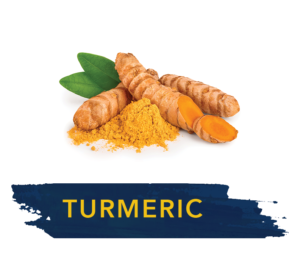
Turmeric tops the list as an anti-inflammatory spice with an orange color. “It’s not something you’d shake on food every day like salt and pepper,” she says. “It’s more of a colorant with some earthy, peppery elements.” It’s available ground, or you can buy the spindly orange roots in the produce section. Like ginger, peel the thin skin off before slicing, mincing or grating turmeric.

Ginger is versatile and unique with a zingy heat that’s common in baked goods like pumpkin pie, muffins, gingerbread and molasses cookies. It’s a regular ingredient in savory dishes, stirfries, soups, smoothies and, like turmeric, is a component of many herbal teas. Ginger can calm your stomach—sipping ginger ale for nausea is a well-known remedy. Ginger is available dried, fresh (in root form) and even candied for a treat.

Cinnamon gives an illusion of sweetness even though it doesn’t contain sugar, calories, fat or sodium. Add it to plain yogurt with fresh fruit and granola to jazz up breakfast.
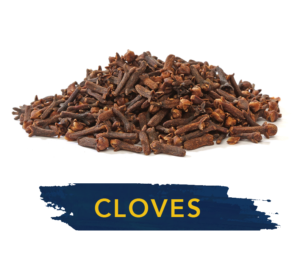
Cloves have a pungent aroma with a sweet, spicy flavor and have zero calories, fat, sodium or sugar. According to Savory Spice, a spice shop Bowman recommends for its vast selection of dried herbs, spices and unique custom blends, cloves are unopened flower buds from a tropical evergreen tree. The pointy end of whole cloves can be poked into fruit, ham or onions to diffuse their intense flavor into foods. Cloves are also available ground.
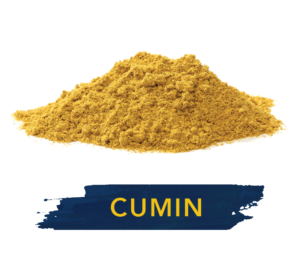
Cumin is found in many ethnic cuisines, including Greek, Mexican, Middle Eastern and Indian dishes. Earthy with a little bite, cumin partners with allspice, chiles, garlic, ginger and turmeric and is an essential ingredient in curry and chili powder.
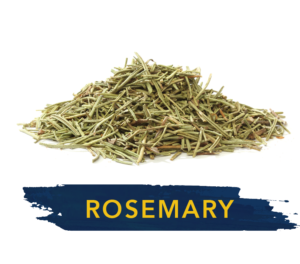
Rosemary is sold ground, whole and fresh. To prepare fresh rosemary, rinse and dry the plant, strip leaves from bark and mince. This member of the mint family has a mild pine aroma and is the perfect match for meats, sauces, soups, potatoes and savory breads.
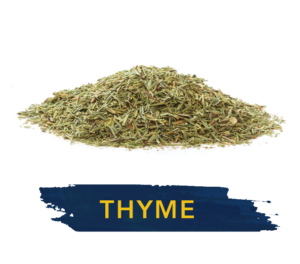
Thyme, like rosemary, has small leaves that can be stripped from their stems before using; the sprigs can also be used whole in sauces, soups or strewn across meat and fish during roasting to add floral, minty notes.
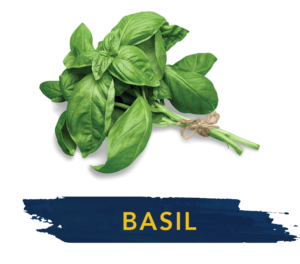
Basil is a favorite ground up with nuts, olive oil and parmesan for pesto, but its sweet bite adds notes of anise (also called fennel), which might be why it’s a staple in Italian cooking. Prep fresh basil leaves by stacking and rolling them up into a cigar, then slicing into thin ribbons. The method, called “chiffonade,” is useful strewn over tomatoes and fresh mozzarella, in soups, salads and savory dishes.
If you’ve got a collection of dried herbs and spices lingering in your cupboard, Bowman suggests opening a jar and taking a sniff.
“If it smells like dust and you’re using that to flavor your food and wondering why things aren’t tasting good, it’s time for some new herbs and spices.”
To get acquainted with herbs and spices, she recommends trying two or three new ones by adding them to food to see if you like the taste. Savory Spice sells small portions so you can learn different taste profiles.
Fresh herbs have a similar flavor but different intensity: use more fresh herbs and less of their more concentrated dried format.
Or get out of your comfort zone and experiment with a blend to match a recipe. You might be surprised to discover how tasty (and non-fat) salt-free options can be too.
________________________________________________________________
Emily Kemme is a Colorado food writer. She’s never met a spice she didn’t like.


